In this guide, we will show you how to install Boonex Dolphin 7 on an Ubuntu Cloud VPS.
Boonex Dolphin is a popular social networking platform and web application that allows you to create easy-to-use community and social media oriented websites. It’s open-source, and thanks to its design and customization-oriented nature, you can make your site unique to suit your ideas. Let’s get started with the installation.

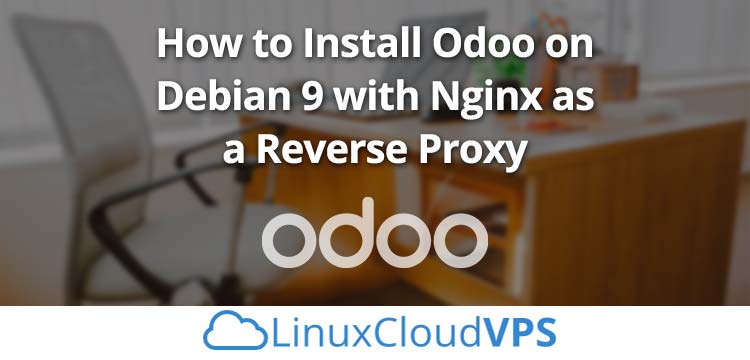
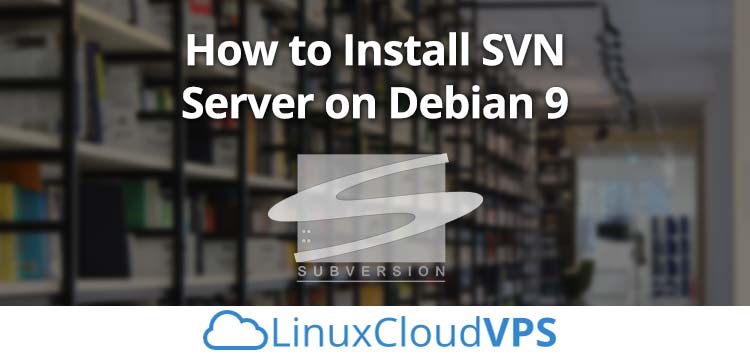
 Subversion is an open source version control system which helps you keep track of files and folders collection. Whenever you do some change, such as adding or deleting a file or a folder that is managed with Subversion, these changes are committed to your Subversion repository and as a result, a new revision in your repository is created and it reflects these changes. You can, at any time you wish, go back and check the contents of the revisions made previously, and even revert back to a previous snapshot. This makes developing projects much easier to follow in a team, as well as making it safer in case a mistake is made.
Subversion is an open source version control system which helps you keep track of files and folders collection. Whenever you do some change, such as adding or deleting a file or a folder that is managed with Subversion, these changes are committed to your Subversion repository and as a result, a new revision in your repository is created and it reflects these changes. You can, at any time you wish, go back and check the contents of the revisions made previously, and even revert back to a previous snapshot. This makes developing projects much easier to follow in a team, as well as making it safer in case a mistake is made.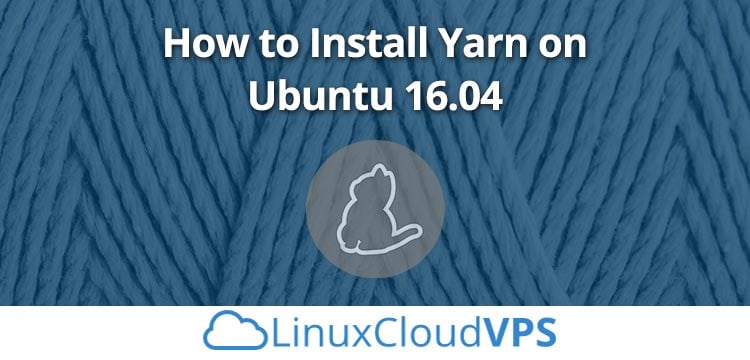
 Yarn is a Javascript package manager, serving as an alternative to NPM. It is an open-source project and was built by a team at Facebook. There are many advantages when using Yarn, such as:
Yarn is a Javascript package manager, serving as an alternative to NPM. It is an open-source project and was built by a team at Facebook. There are many advantages when using Yarn, such as: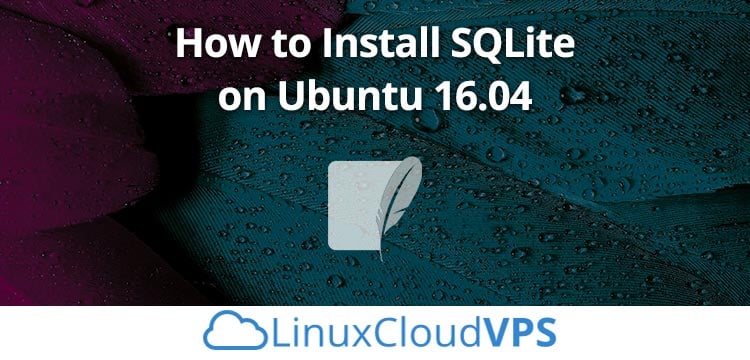
 SQLite is a software library that provides a relational database management system (RDBMS). It can work as a database engine for small sized websites as well as large websites and projects, and it comes with a lot of useful features. The maximum size of a SQLite database is about 140 terabytes, making it future proof as well. Used by millions of users around the world, including some of the well-known companies such as Google, Facebook, Adobe, Microsoft and others, it is the most widely deployed database engine. Let’s begin with the installation.
SQLite is a software library that provides a relational database management system (RDBMS). It can work as a database engine for small sized websites as well as large websites and projects, and it comes with a lot of useful features. The maximum size of a SQLite database is about 140 terabytes, making it future proof as well. Used by millions of users around the world, including some of the well-known companies such as Google, Facebook, Adobe, Microsoft and others, it is the most widely deployed database engine. Let’s begin with the installation.
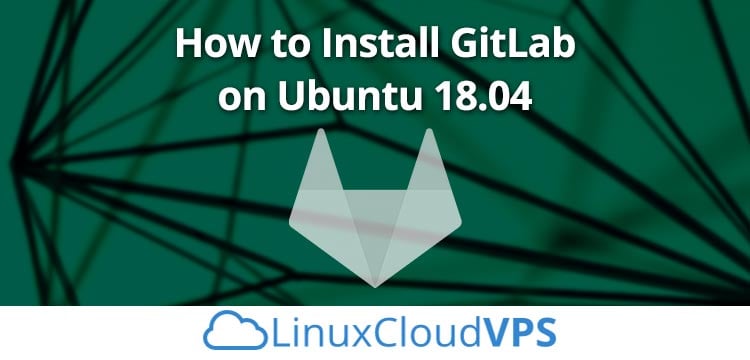
 GitLab is an open source application that allows a team or developer to manage their project on their own servers – it’s an alternative to GitHub.
GitLab is an open source application that allows a team or developer to manage their project on their own servers – it’s an alternative to GitHub.
 Asterisk is a free-to-use and open-source framework for creating real-time communications related software and is proven to be stable and reliable by thousands of users, system administrators, and developers. It controls IP PBX systems, VoIP gateways, and other custom telephone systems. Asterisk-based communications systems are being used by general communication-based businesses, call centers, carriers, and government agencies. It is also widely used to connect to telephony services like public switched telephone network (PSTN) and voice over Internet Protocol (VoIP) services.
Asterisk is a free-to-use and open-source framework for creating real-time communications related software and is proven to be stable and reliable by thousands of users, system administrators, and developers. It controls IP PBX systems, VoIP gateways, and other custom telephone systems. Asterisk-based communications systems are being used by general communication-based businesses, call centers, carriers, and government agencies. It is also widely used to connect to telephony services like public switched telephone network (PSTN) and voice over Internet Protocol (VoIP) services.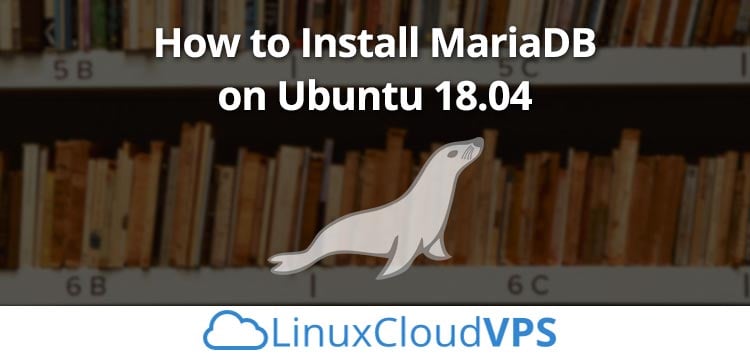
 MariaDB is an open-source database server that is a fork of MySQL and can easily serve as a drop-in replacement.
MariaDB is an open-source database server that is a fork of MySQL and can easily serve as a drop-in replacement.